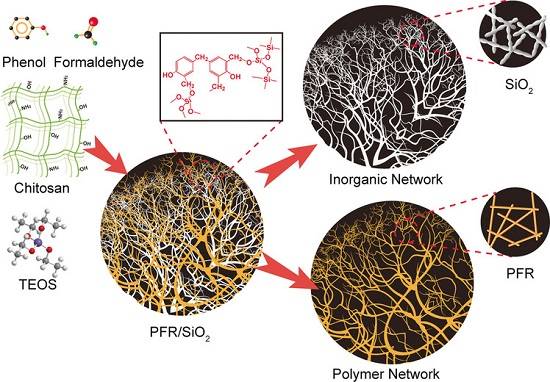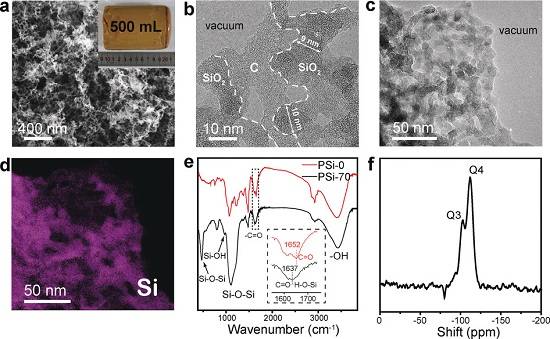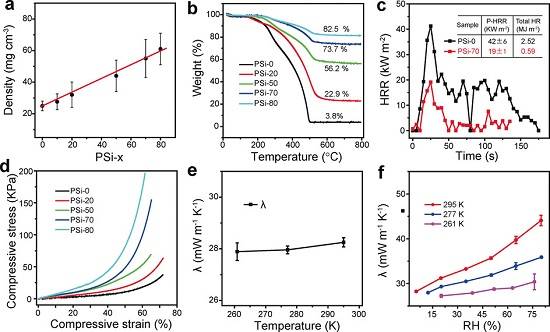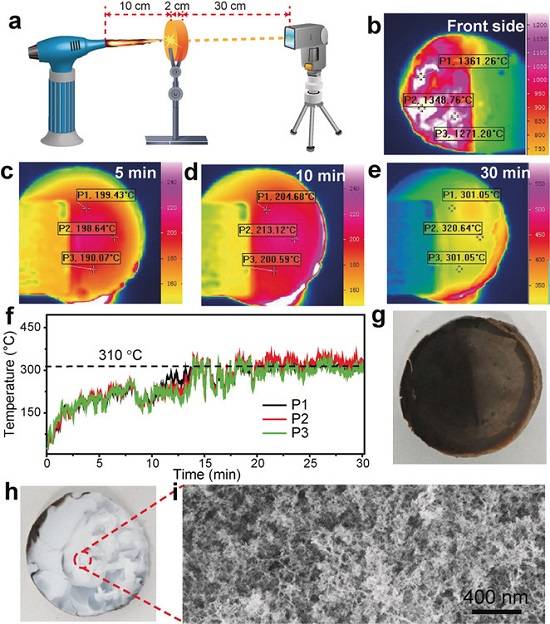发布日期:2018-04-20 浏览次数:1486
The construction of buildings and the maintenance of comfortable indoor environment
require consumption of up to 30% of the total energy consumption of the world, and
this process produces a large amount of greenhouse gases. The use of good insulation
materials can effectively reduce heat transfer, which is the most effective way to
improve energy efficiency of buildings at present. It is important to develop materials
with excellent thermal insulation properties.
At the same time, heat insulation materials must also have flame retardancy and resilience
and flexibility. Polymer insulation materials are usually flexible and flammable and will maintain
combustion without fire barrier and rapidly expand the fire range. Polymer insulation
materials such as EPS can improve flame retardancy by adding flame retardants. However,
many commonly used flame retardants are halide or phosphorus compounds which have
potential adverse effects on the environment and human health. For example, commonly
used brominated flame retardants are neurotoxic and produce carcinogens, such as bromo
furan and dioxin.
Recent studies have shown that the flame retardancy of organic-inorganic composites can
be effectively improved by adding dispersed inorganic fillers such as carbon nanotubes, silica,
layered montmorillonite, needle like sepiolite, metal oxide or hydroxide. But researchers
also noted that adding inorganic fillers to organic materials would increase the overall density
of the material and reduce its toughness. At the same time, the poor compatibility between
inorganic filler and polymer matrix makes the material prone to thermal collapse and catastrophic
collapse during combustion. Some recent cases of high-rise building fires fully illustrate the
importance of maintaining the structural integrity of the material in the process of combustion
and heat shielding to reduce the risk of thermal collapse of the building load-bearing structure.
Organic-inorganic nanocomposite aerogels such as polymers / silica are usually prepared by
complex methods. However, the existence of phase separation makes it impossible for all
components to be dispersed at the nanometer level. Preparation of nanocomposite aerogels
with a percolation two dimensional three-dimensional network is challenging through simple
synthetic routes. At present, there is no one pot preparation of two dimensional composite
aerogels with nanometer size.
Recently, the research team of the National Laboratory of microscale Material Science in Hefei
and Professor Yu Shuhong of University of Science and Technology of China
(Communication author) published an article entitled "Fire-Retardant and Thermally Insulating
Phenolic-Silica Aerogels" in the Angewandte Chemie International Edition journal. In this
paper, the researchers designed a new type of phenolic resin (PFR) / silica composite
aerogel, using phenol and formaldehyde as monomers and TEOS as inorganic precursors,
using direct copolymerization and nanometer phase separation. In the PFR/SiO2 aerogels
prepared, PFR and inorganic SiO2 components form a two element interpenetrating network
structure whose domain size is less than 20 nm. High porosity PFR/SiO2 composite aerogels
have good resilience, and can be compressed more than 60% in the case of non rupture,
and their thermal conductivity in dry air can be as low as 24-28 mWm-1 K-1, which is obviously
lower than that of commercial insulation materials such as EPS and glass cotton. The two
element interpenetrating network structure endows PFR/SiO2 aerogels with excellent flame
retardancy and does not decompose in high temperature flame.
Fig. 1: schematic diagram of the synthesis and structural composition of PFR/SiO2 composite
aerogel with two element interpenetrating network.

PFR/SiO2 aerogels were prepared by direct copolymerization method based on chitosan
template method and nanoscale phase separation strategy. The obtained
PFR/SiO2 composite aerogel is named PSi-x, where x corresponds to the content of SiO2.
Fig. 2:PSi-70 nanostructure and composition of composite aerogels.

(a) the SEM image of the fracture surface;
(b) HRTEM images of aerogel carbonized thin sections supported by copper micro grids
show the distribution of PFR and SiO2 on the nanometer scale.
(C-D) HRTEM diagram and element distribution map show the microstructure and
distribution of SiO2 domain (pink part SiO2) in aerogel. (b) and (c) regions outside the
sample are in vacuum.
(E) FT-IR spectra;
(f) Si NMR spectrum.
(a) the illustration is a physical map of a PSi-70 hydrogel with a volume of 500 mL.
(E) illustrations highlight the slight red shift of C=O absorption peaks.
Figure 3:PFR/SiO2 physical properties of aerogels.

(a) the density of PFR/SiO2 aerogels;
(b) TGA curve of PFR/SiO2 aerogel (measured in air);
(c) the comparison between PSi-0 and PSi-70 during the test of cone calorimeter,
the function of HRR on time (the sizes of two aerogels are all 40 mm x 20 mm).
(d) compression stress strain curve;
(E) the relationship between the thermal conductivity of PSi-70 under constant
absolute humidity (1 g M-3) and the temperature.
(f) a functional relationship between PSi-70 thermal conductivity and relative humidity
in a temperature environment related to building insulation in cold climates.
The tables inserted in (c) show P-HRR and total HR of PSi-0 and PSi-70.
Fig. 4:PSi-70 the fire resistance of aerogels extended during heating at 1300 C.

(a) diagramming of propane / Butane spray gun measurement device;
(b) from propane / Butane blowlamp flame front material pseudo color image;
(C-E) pseudo color thermography on the back of 2 cm thick PSi-70 aerogel at
0-30 minutes at different times. Set three points of P1, P2 and P3 as reference
points to show their temperature changes.
(f) the temperature of the three reference points on the back changes with time.
(g-h) photographs of the back (g) and the front (H) of the material after fire test.
(I) the SEM image of the remaining SiO2 network on the front side of the PSi-70
aerogel after fire test.
[summary]
In this work, a new PFR/SiO2 composite aerogel was designed by direct copolymerization
and nanoscale phase separation. The PFR/SiO2 composite aerogels were highly uniform
, and the PFR and SiO2 components formed the two dimensional interpenetrating
network whose domain size was less than 20 nm. PFR/SiO2 composite aerogel has
good resilience and heat insulation capacity. The lowest thermal conductivity is 24
mWm-1 K-1, which is superior to commercial organic EPS and inorganic glass wool.
The research shows that the PFR/SiO2 composite aerogel with 70% silicon content
will not break down in the flame of about 1300 C, and can prevent the non exposure
side temperature rising to more than 350 C. Therefore, the material can effectively
prolong the protection time of the reinforced concrete structure and reduce the risk
of the thermal collapse of the building. This composite aerogel can be used in building
materials, and has great potential in building, aerospace, transportation and other fields.
Guangzhou XiJia Chemical Co.,Ltd